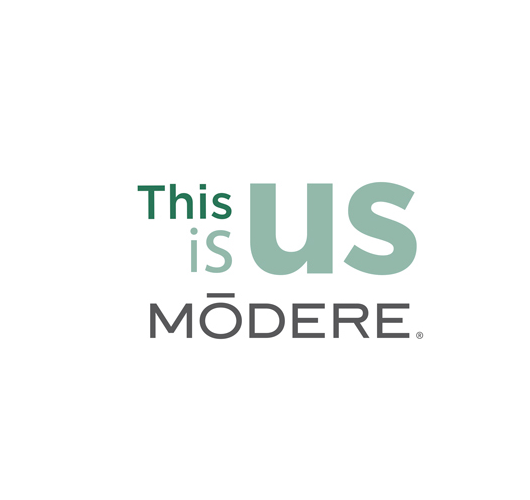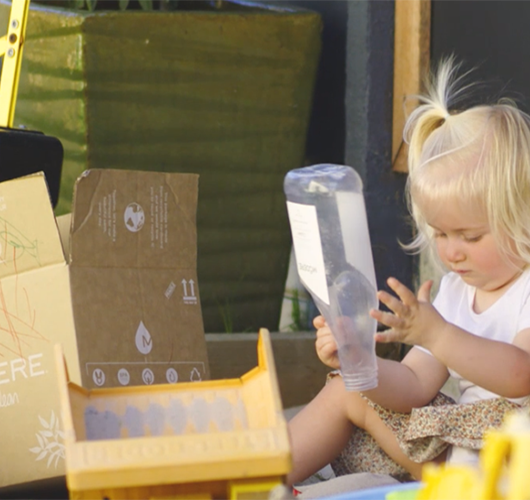The TV you watch. The receipt you take from the cashier. The clothes you wear. In our modern world, nearly everything we touch and interact with contains some kind of chemical.
Researchers estimate that we actually encounter nearly one million chemicals every single day. While many of them are simply unavoidable and relatively harmless, we can do a lot to ensure that the homes in which we live are stripped of the chemicals we know are major dangers. Here’s where to check first.
1. Your Wardrobe
The suspect? Perchloroethylene
Perchloroethylene or ‘perc’ is a chemical solvent frequently used by dry cleaners and has been linked to cancer. Many businesses are ceasing their use of perc, but find a wet cleaner (they only use water) instead. Not an option? Be sure to air out your dry cleaned clothes until the scent is gone before putting them in your wardrobe.
2. Your Refrigerator
The suspects? Dioxins and polychlorinated biphenyls (PCBs)
Dioxins are often found in high concentration in the fatty areas of the meat we store in our fridges, as well as dairy products with high fat content. PCBs are more likely to be consumed in fish. Both toxic chemicals may cause cancer and impaired hormone functioning. Avoid them by selecting lean meats and trimming off excess animal fat before consumption.
3. Your Furniture
The suspect? Flame retardant
Flame retardants are essentially dangerous chemicals that have been connected to thyroid and female fertility problems. Anything that is made of polyurethane foam – most commonly furniture – contains them. Clean your home regularly and dust often, as flame retardants bind to dust.
4. Your Walls
The suspect? Lead
Lead poisoning has been tied to memory issues and high blood pressure, and the main cause is lead paint. While it’s restricted now, homes built before 1970 may still have lead paint on their walls. It becomes an issue when the paint chips or cracks, which can happen during renovations, general maintenance, wear and tear. If your home is older, visit ‘Lead Alert – The Six Step Guide to Painting Your Home’ before beginning any work that could disturb the paint.
5. Your Tap
The suspect? Lead
Lead pipes were banned in 1989 but if your home was built prior to that date or uses a lead-based solder, your tap water may contain traces of lead. Consider investing in a water filter or make sure you run your tap for a few minutes before every use to get rid of the highest lead concentrations.
________________________________________
(1) Renter, Elizabeth. Daily Toxin Intake: Just How Many Toxins Are You Accumulating? Natural Society.
(2) What is Tetrachlorethylene (Perchloroethylene)? The American Cancer Society.
(3) What are the Human Health Effects of PCB’s? Clearwater.
(4) Main, Emily. The 12 Most Toxic Chemicals in Your Home. Prevention.
(5) Protect Your Family from Exposures to Lead. Epa.gov.
(6) Lead in House Paint http://www.environment.gov.au/protection/chemicals-management/lead/lead-in-house-paint










